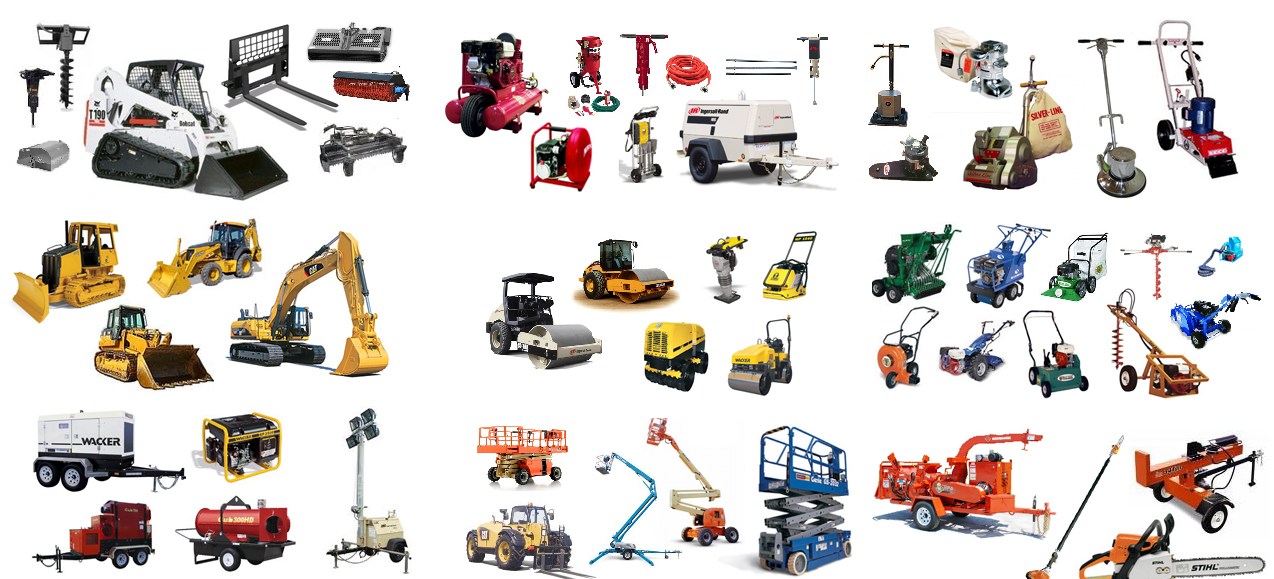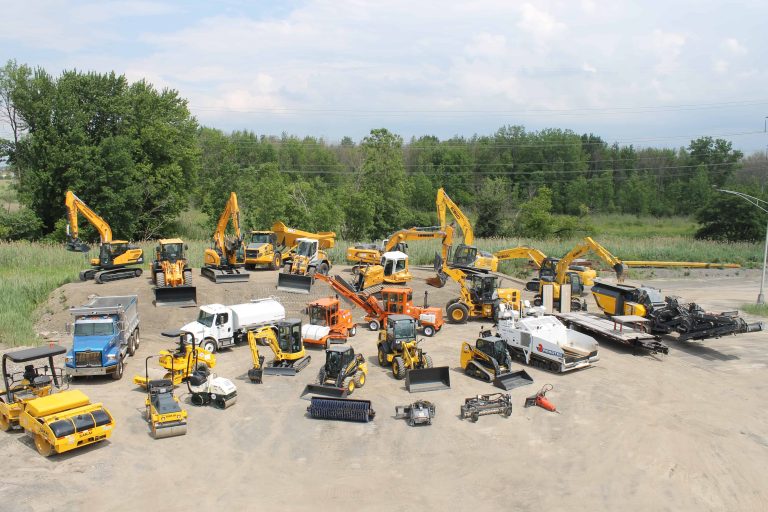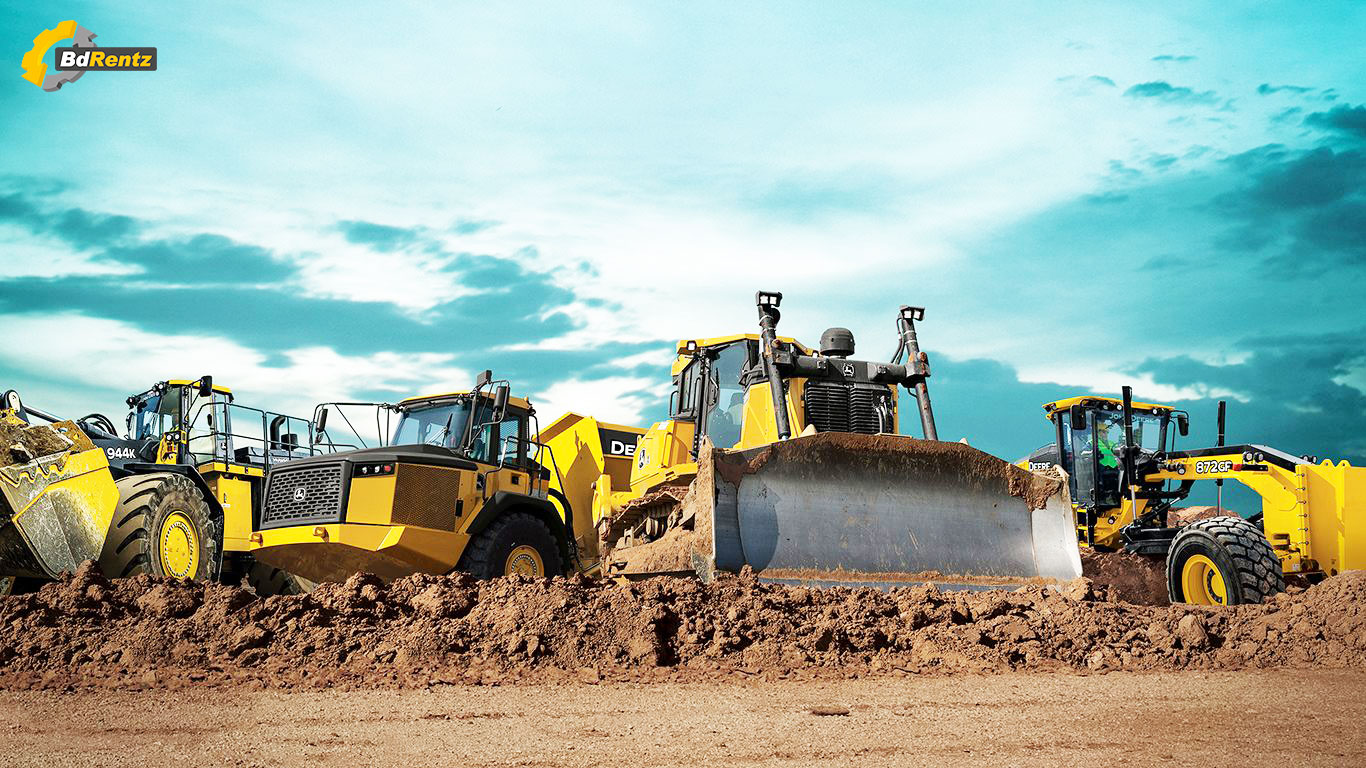Equipment Rental Company: Your Source for All Types of Machinery
Equipment Rental Company: Your Source for All Types of Machinery
Blog Article
Optimize Your Spending Plan by Recognizing the Costs Related To Building And Construction Tools Leasings
Recognizing the full scope of costs associated with construction devices rentals is crucial for optimizing your spending plan. What strategies can be employed to efficiently take care of these costs and make certain an extra reliable rental experience?
Review of Rental Prices
When thinking about building and construction devices rentals, understanding the associated prices is paramount for efficient budgeting and project preparation. Rental expenses can differ considerably based on a number of aspects, consisting of devices kind, duration of service, and location. The preliminary rental charge usually shows the tools's market demand and its associated operational capabilities, affecting the total expense.
In addition to the base rental rate, secondary prices might occur, such as transportation costs, fuel surcharges, and maintenance charges. It is necessary to represent these additional expenses to precisely examine the complete price of leasing tools. The rental period can impact pricing; longer leasings might certify for affordable prices, while short-term rentals might sustain greater daily fees.

Break Down of Rental Rates
A comprehensive understanding of rental rates is vital for contractors and task supervisors aiming to enhance their budget plans. Rental rates for construction devices usually contain several parts, including base prices, time-based charges, and use fees.
Base rates are the core fees related to the service of the equipment, typically identified by the type and size of the equipment. These rates can vary dramatically, affected by factors such as equipment need, schedule, and regional market patterns. Time-based charges, which may be daily, weekly, or monthly, offer to fit different task timelines and rental durations.
Additionally, rental rates may consist of use charges, which are appropriate when equipment is made use of beyond a specified limit, making certain that the rental company can represent damage. Seasonal demand fluctuations can likewise affect rental rates, with peak building and construction periods usually commanding higher prices.
In addition, recognizing the rental business's policies pertaining to upkeep and insurance coverage can offer additional insight right into the total price framework. By evaluating these components, professionals can make enlightened choices, making certain the selection of rental tools straightens with both task demands and budget plan restraints.
Additional Fees to Think About
Comprehending the complexities of extra charges is essential for professionals to handle their overall leasing expenditures successfully. Past the typical rental prices, numerous auxiliary charges can considerably impact the overall expense of tools service. These charges usually consist of delivery and pick-up charges, which can vary based upon range and logistics included in delivering the equipment to and from the task website.
Moreover, some rental business might enforce gas surcharges if the devices is returned with less fuel than when leased. It is likewise necessary to recognize potential cleansing fees, particularly for specialized devices that calls for thorough maintenance after usage.

Completely examining the rental contract and clearing up these extra costs in advance can assist service providers guarantee and avoid unforeseen prices that budgets stay intact throughout the task lifecycle.
Upkeep and Repair Work Expenditures
Normal upkeep and repair work expenditures are frequently ignored elements that can substantially influence the total expense of building and construction tools services. When renting out devices, it is essential to think about not only the rental fees but likewise the prospective prices connected with maintaining the equipment in ideal operating problem.
Several rental companies include fundamental maintenance this article as component of the rental agreement; however, more unexpected breakdowns or extensive fixings can cause extra expenses. It's vital to evaluate the rental agreement carefully to recognize what maintenance solutions are covered and what responsibilities my website drop on the renter.
In addition, equipment that is not well-maintained can bring about inefficiencies at work website, possibly enhancing and causing hold-ups job expenses. To alleviate these dangers, it is suggested to perform normal examinations and keep open communication with the rental supplier concerning any concerns that arise throughout use.
Insurance Policy and Responsibility Prices
Insurance coverage and responsibility prices are vital parts that can considerably influence the general expense of construction tools leasings (aerial lift rental). These prices make sure that both the rental business and the customer are safeguarded from prospective monetary losses emerging from mishaps, damages, or theft throughout the rental duration

Additionally, clients must recognize any kind of deductibles or exclusions in the insurance coverage, as these can impact potential out-of-pocket costs. Comprehending the terms of any kind of insurance coverage is vital to avoid unanticipated prices. Inevitably, budgeting for insurance policy and obligation expenses can aid guarantee a smoother rental experience and shield versus monetary threats linked with building projects.
Final Thought
In conclusion, a thorough understanding of the prices linked with building and construction equipment services is important for effective budget management. Eventually, notified decision-making relating to devices rentals contributes to the overall success link of building and construction endeavors.
Rental costs can differ dramatically based on several variables, consisting of devices kind, period of service, and location (equipment rental company). The rental period can influence pricing; longer services might qualify for reduced prices, while short-term services may sustain higher daily charges
By performing extensive research and involving with trusted rental business, service providers can properly browse the intricacies of rental rates, eventually optimizing their financial resources.
Beyond the common rental rates, numerous auxiliary charges can substantially impact the overall cost of devices rental. Rental companies commonly give responsibility insurance coverage that covers injuries to 3rd events or damages to residential or commercial property, while equipment damage insurance policy can cover the cost of repair services or substitute if the rented out devices is damaged.
Report this page